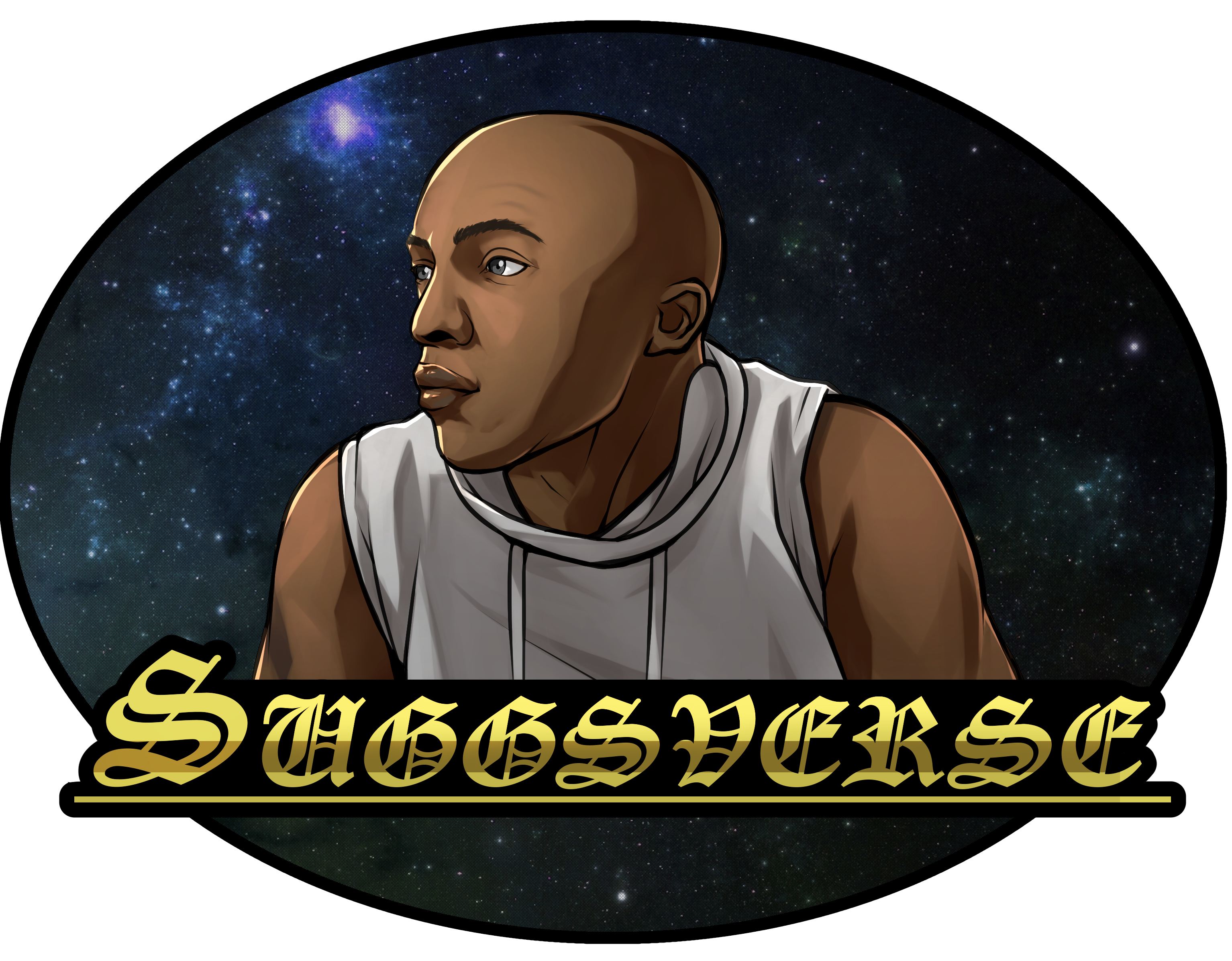Dlclaifsein Article – Real-Life
also see Our World, and Nonfiction.
Real-life (Nonfiction) is the layer of reality that represents actuality. It represents the distinction between the Nonfictional layers and Fictional layers, Virtual layers, or Idealized worlds. Nonfiction is the broad layer that encompasses all reason and forms that aren't rooted in a fictional narrative.
- Narratives (Nonfiction) tell a story. Examples include biographies, memoirs, and histories.
- Trees (Nonfiction ) layout a framework of ideas.
- Branches (Nonfiction) are the most common type of story.
Real-life encompasses Reason and the Forms. Since truth is objective, our knowledge of true propositions must be about real things. These real things are Forms. Their temperament is such that the only mode by which we can know them is reasonableness. Forms are the perpetual and absolute blueprints or models for everything that is ...
Consequently, they are more real than their particulars.
Because the Forms make particulars potential, they explain what is—we can understand what is by accepting the Forms. We can also extrapolate from particulars to get closer to reflecting the Forms. This extrapolation process is made possible by the way that reason works.
Unlike the senses, which can only tell us about this or that awareness, reason can think both about particulars and common concepts. Since the Forms are the most common things there are, the only way we can reflect on them is by way of our reasonableness. Additionally, our souls learned about the Forms before we were born, so we already know them—we have inherent knowledge that needs to be drawn through the heuristic method.
Platonic realism states that the observable world of particular things is a changing exposition, like shadows cast on a wall by the activities of their ontological universal Ideas or Forms. Whereas the observable world of particulars is unreal, the Forms occupy the unobservable yet true reality and are real.

